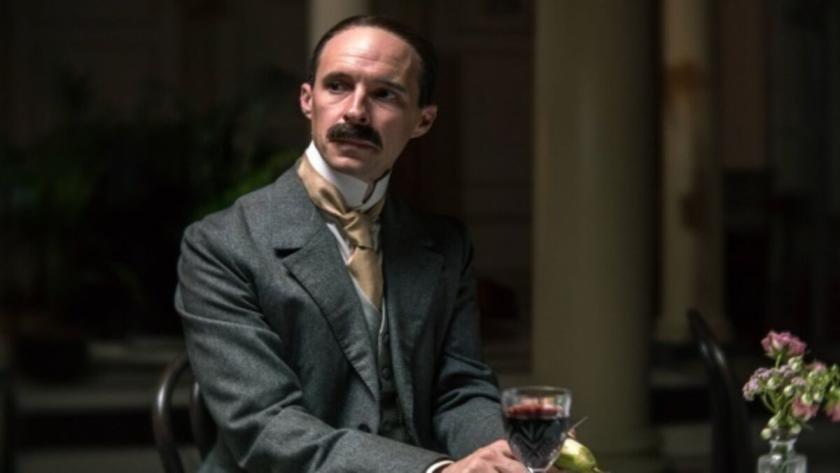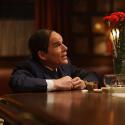On first sight, Citizen Lane's appeal may seem limited to those with an Irish connection or an interest in fine art. But director Thaddeus O'Sullivan turns what could have been a dry documentary into a witty and fine-looking docudrama about Hugh Lane, a turn-of-the-century art dealer and philanthropist.
O'Sullivan utilises talking heads and historical recreation to tell Hugh Lane's rather remarkable story through Mark O’Halloran’s witty script. Lane was part of Ireland's Anglo ascendency – not aristocratic, but landed and monied all the same. Born in County Cork in 1875 and educated in England, Lane reconnected as a young man with his Irish roots through his aunt Lady Gregory. Like her and their great friend WB Yeats – “posh Protestants” as they were dismissed by some – played a central role in championing the arts in Ireland during the Celtic Revival.
A dealer and collector, Lane was renowned for being able to spot upcoming artists and movements, and was a champion of French Impressionists. Professionally, he had an eye for a bargain (often selling on a work at huge profit), while personally being rather frugal in his tastes, although very generous to his friends.
He was also generous with his art, establishing the free-to-enter Municipal Gallery of Modern Art in Dublin in 1908 (now Dublin City Gallery The Hugh Lane), filling it with works he had bought himself.
The film neatly weaves two stories; first the historical, with dramatic reenactments painting a rounded picture of an aesthete who, while being a dreadful snob, also believed that art transforms us all – “Contemplation of beauty is no idle practice” – and who for years tried and failed to establish a national gallery of modern art in Dublin.
The second element covers the long-running campaign to recover Lane’s bequest of 39 paintings – including works by Monet, Renoir and Manet – for Ireland, which now reside in the National Gallery in London because a codicil in his will wasn't witnessed before Lane died on the Lusitania in 1915. In these fascinating inserts there are contributions from, among others, historian Roy Foster and Lane's biographer Robert O'Byrne.
This is a little-known story given its due prominence in O'Sullivan's lovely film. It was made in 2018 but in the intervening years its moral point has become more pertinent; while legally the bequest is the National Gallery's, some might consider it morally Ireland's. Now there are renewed calls for the return of plundered art – whether to Greece or Benin – that's currently on display in other British museums and galleries.
Tom Vaughan-Lawlor is magnificent as Lane, while great support comes from Derbhla Crotty as Lady Gregory and Lesley Conroy as the artist Sarah Cecilia Harrison. Michael Gambon provides a blink-and-you'll-miss-it cameo as Lord Ardilaun, a dyspeptic old buffer who clashed with Lane over his choice of site for the new gallery (a magnificent structure designed by Sir Edwin Lutyens that would have spanned the Liffey).
As you might expect from a film about a man who valued the transcendent power of art, Kate McCullough's cinematography frames each shot as though it were a painting itself. And, as a sort of codicil to a story prompted by one, after the film was made a sharing agreement was reached over Lane's bequest that means art lovers can see the paintings in London and Dublin.














Add comment